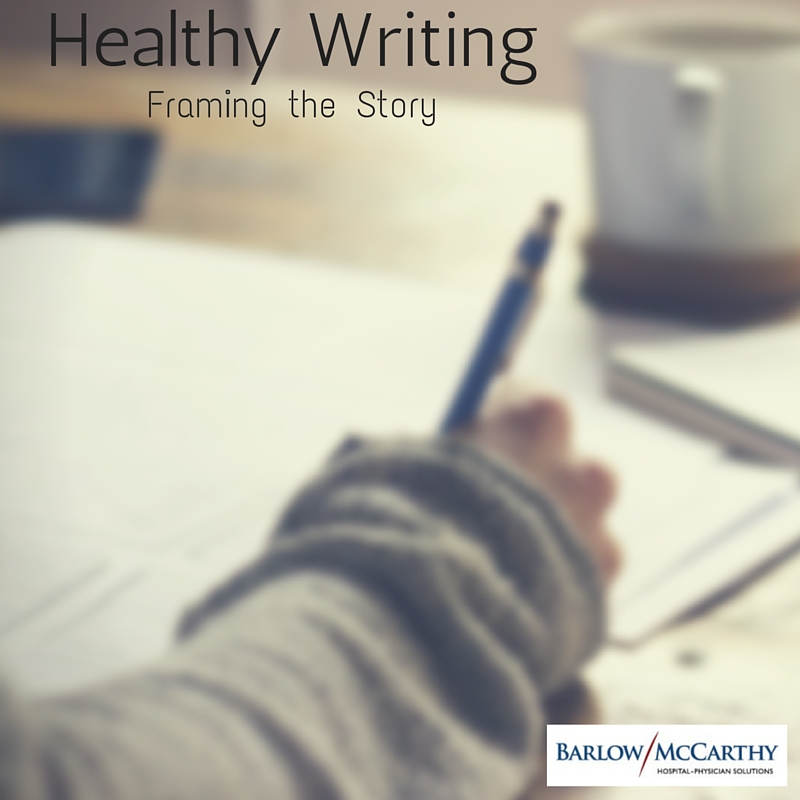 By: Jeff Cowart, MAH
By: Jeff Cowart, MAH
A key to success in writing, and reader or listener understanding, is always thinking in terms of creating a storytelling framework. Every story that we tell should have a beginning, middle, and end. Otherwise, we present snippets of information that may or may not contextually connect.
The shortest story is the sentence. Good sentences have a beginning, middle and end. In grammar we think of simple storytelling construction as subject, verb, object. For example, a classic Hemingway sentence that tells a story is: “Nick stood up.”
Paragraphs are usually a collection of sentences that seek to convey connected thoughts on a common theme. When we think of a paragraph, we should think of it as a story with a beginning, middle and end.
A collection of paragraphs begins to make a longer narrative. All of the paragraphs taken together should represent the beginning, middle and end of a story we are trying to tell.
Whether we are writing an email, a business proposal, or a novel, the best comprehensible narratives move through the story framework of a beginning, middle and end.
Those of us who fear writing are sometimes stumped by the organizational problem of a longer narrative. One key to overcoming that fear is to think of the writing as a story that already has an expected and easy format.
Every human can tell a story. We do it everyday with friends and family. And, to promote understanding, we naturally give our stories beginnings, middles and ends.
In my journalistic career as a newspaper editor, we sometimes had writers who struggled with storytelling. We had them bring in a photo of their grandmother, tape it to the top right corner of the computer screen, and then told them: “Before you write, tell your grandmother what happened at the city council meeting. What was the most important or astounding thing the council did? What was the context that made it happen? Who was impacted by the action? Tell Granny.”
Changing the mission from writing to storytelling always helped improve the writing.
For those working on that strategic plan or justification for your budget, think about telling Granny in a simple way what we want to do, why we want to do it, and how it will make a difference. This is a simple storytelling framework with a beginning, middle and end. You can add on more layers, but the framework remains the same.
Jeff Cowart is a senior consultant for Barlow/McCarthy and editor of the blog HealthyWriting.com He offers writing and editing services and executive message coaching through Barlow/McCarthy. Contact him at jcowart@barlowmccarthy.com.
